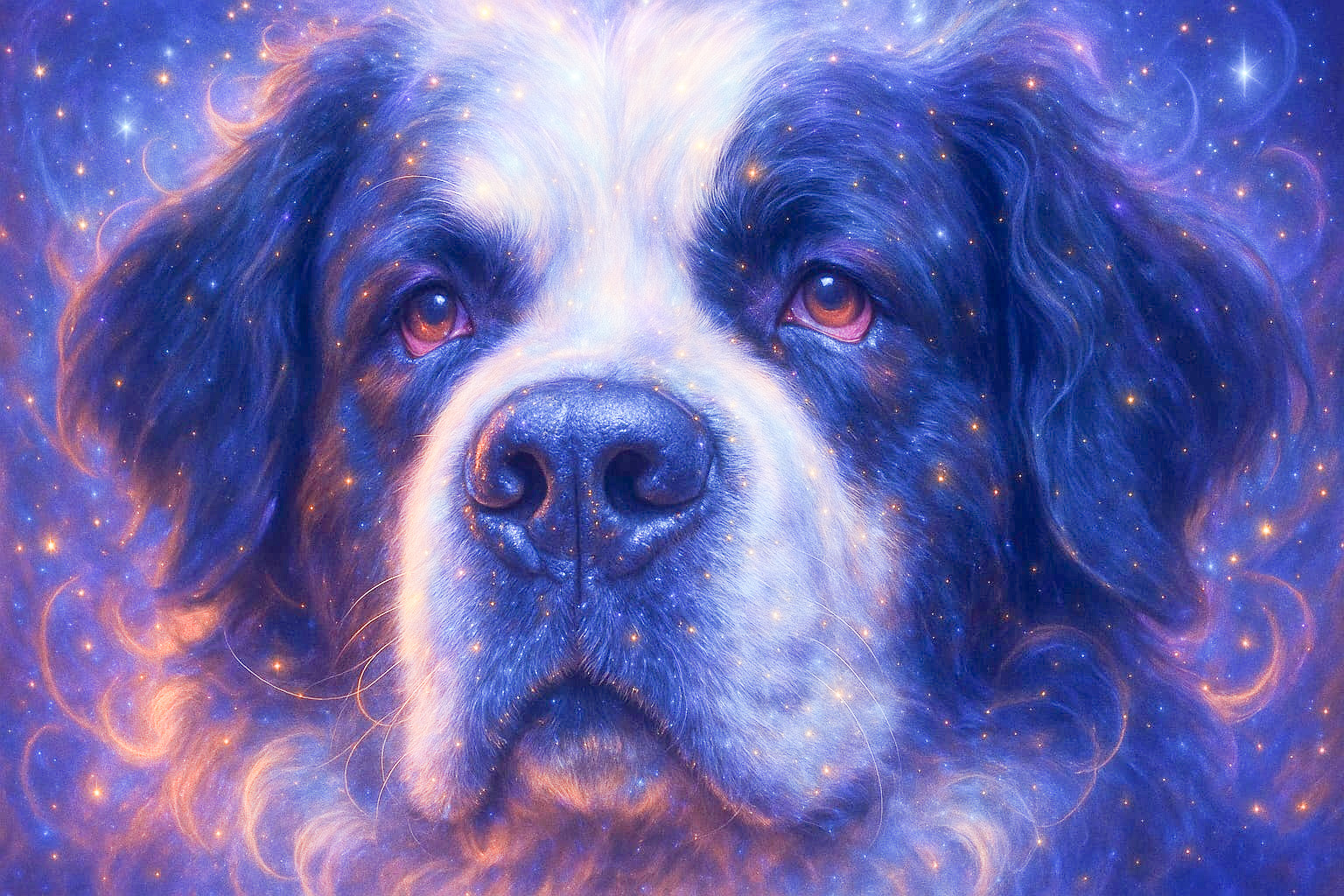Graphic design is a creative discipline that combines visual and communication elements to convey messages effectively. Graphic designer play an essential role in creating images, logos, illustrations, and visual materials that help convey ideas, promote brands. And communicate messages in a impactful way.
In this article, we will explore the versatility and responsibilities of a graphic designer in the professional field.
Visual Identity Creation
Visual identity creation is a fundamental element in the field of graphic design. It involves developing a coherent set of visual elements that represent the essence and values of a brand, company, or project.
This includes the design of logos, color palettes, typography, graphic elements. And other visual components used to establish a distinctive and memorable visual presence. Visual identity is not only aesthetically pleasing, but also communicates the personality and purpose of the entity it represents.
Therefore, its creation requires a deep understanding of the brand and its audience. As well as the ability to translate these elements into impactful and cohesive designs.
Print Material Design
Print material design is one of the key functions of a graphic designer. Some of the tasks carried out in this area include creating brochures, business cards, posters, catalogs, magazines, books, packaging. And other printed materials.
Graphic designers are responsible for combining creativity, strong visual concepts, and technical expertise to produce attractive and effective printed materials.
Furthermore, they must consider aspects such as legibility, visual hierarchy, consistency with the brand identity, and technical specifications for printing. The goal is to produce materials that communicate in a striking and memorable manner, being visually appealing and functional.
Interface and User Experience Design
Interface design and user experience (UX) are fundamental areas in the field of graphic design. In this context, the graphic designer is responsible for creating visual interfaces for applications, websites. And other digital media with the aim of improving user interaction and ensuring a satisfactory user experience.
In interface design, the graphic designer uses creativity and technical knowledge to visually structure and organize information, ensuring the usability and accessibility of the digital product. This involves considering the visual layout of elements, information hierarchy, text readability, and the use of colors and typography, among other aspects.
Additionally, the graphic designer must work closely with UX professionals and developers to ensure an effective integration of visual aspects with functionality and user experience.
Photo Editing and Retouching
Photo editing and retouching are fundamental skills in the work of a graphic designer. These tasks involve the manipulation of digital images in order to enhance their quality, modify visual aspects, correct imperfections, or adjust the composition according to the project’s needs.
The graphic designer uses specialized software, such as Adobe Photoshop, to carry out photo editing and retouching tasks. This may include color adjustments, contrast, brightness, removal of unwanted objects, creation of special effects, and other techniques to enhance the aesthetic quality of the image.
Además, el retoque fotográfico también puede implicar la restauración de fotografías antiguas o dañadas, la creación de composiciones fotográficas complejas y la manipulación digital para lograr efectos artísticos o publicitarios.
Packaging and Label Design
Packaging and label design is an exciting area within the field of graphic design. Graphic designers who specialize in this area are responsible for creating attractive and functional packaging, as well as labels that clearly communicate the brand’s identity and product information.
This involves not only creating visually appealing designs but also considering factors such as readability, tamper resistance, and compliance with industry regulations and standards.
In packaging design, graphic designers often collaborate with marketing teams, packaging engineering, and manufacturers to develop visually appealing solutions that are also practical and cost-effective for large-scale production. This may involve creating prototypes, developing innovative packaging structures, and selecting suitable materials.
For labels, graphic designers are tasked with integrating relevant information such as product names, ingredients, usage instructions, barcodes, and other technical details into a design that is visually appealing and consistent with the brand’s identity.
Skills and tools used by graphic designers
Graphic designers use a variety of skills and tools to carry out their work effectively. Some of the key skills include:
- Creativity: The ability to generate innovative ideas and original visual solutions.
- Visual thinking: Ability to conceptualize and represent ideas through images and graphics.
- Technical knowledge: Mastery of design software such as Adobe Creative Suite (Photoshop, Illustrator, InDesign), as well as skills in photo retouching, composition, and typography.
- Visual communication: Ability to convey messages and concepts clearly and attractively through images and design.
- Critical thinking: Ability to evaluate and improve designs through analysis and feedback.
As for the tools, graphic designers use specialized software such as Adobe Photoshop for image editing and retouching, Adobe Illustrator for vector illustrations and logo design, Adobe InDesign for layout of publications and printed materials, as well as prototyping tools and interface design for digital media.
Conclusion
A graphic designer plays an essential role in visual communication. From creating brand identities to designing interfaces and editing photographs, graphic designers are responsible for conveying messages in a visually appealing and effective way.
Their combination of creative, technical, and communication skills makes them versatile and necessary professionals in a wide range of industries.
Ultimately, a graphic designer has the power to transform ideas into images that capture attention, convey messages, and create a lasting impact.





